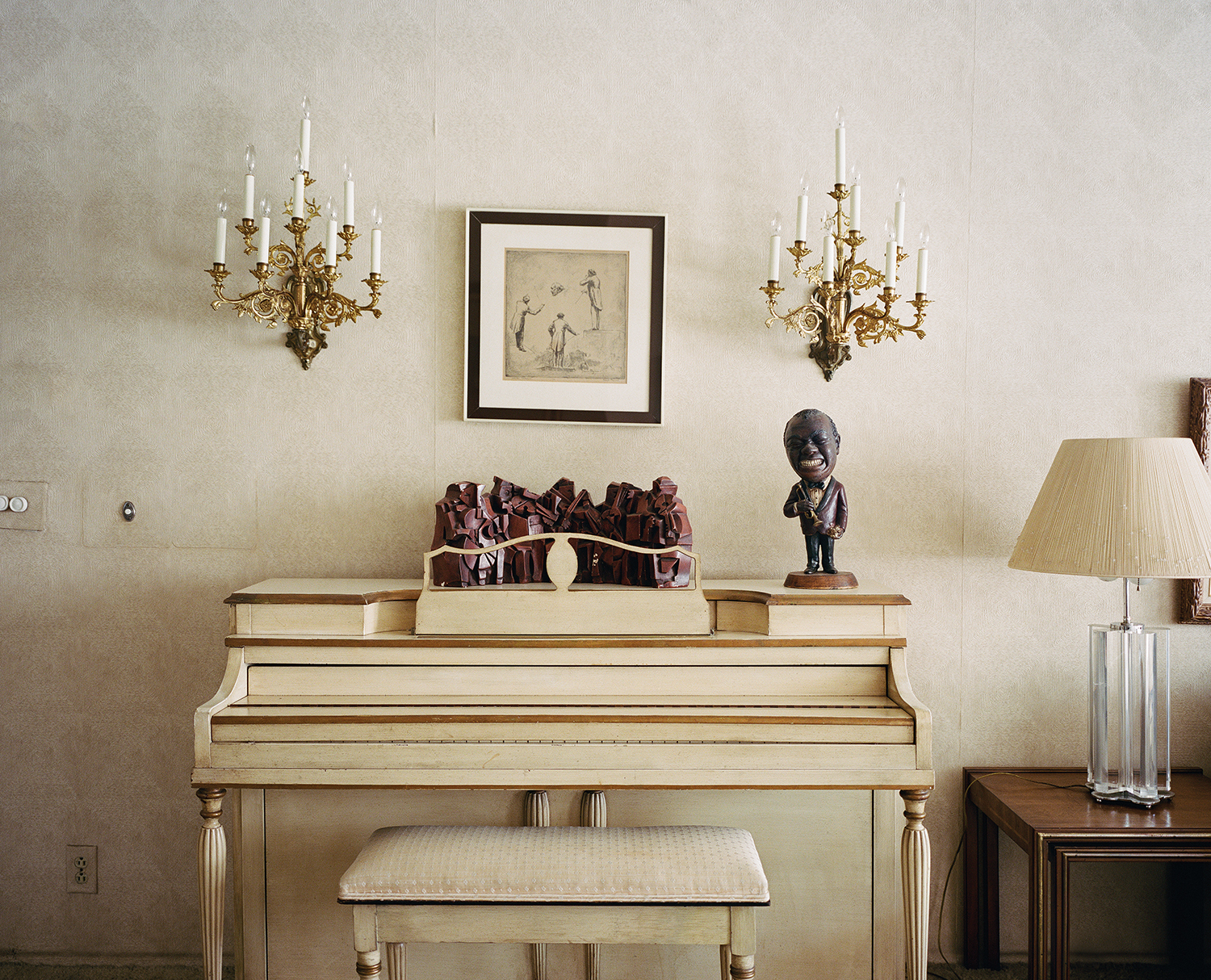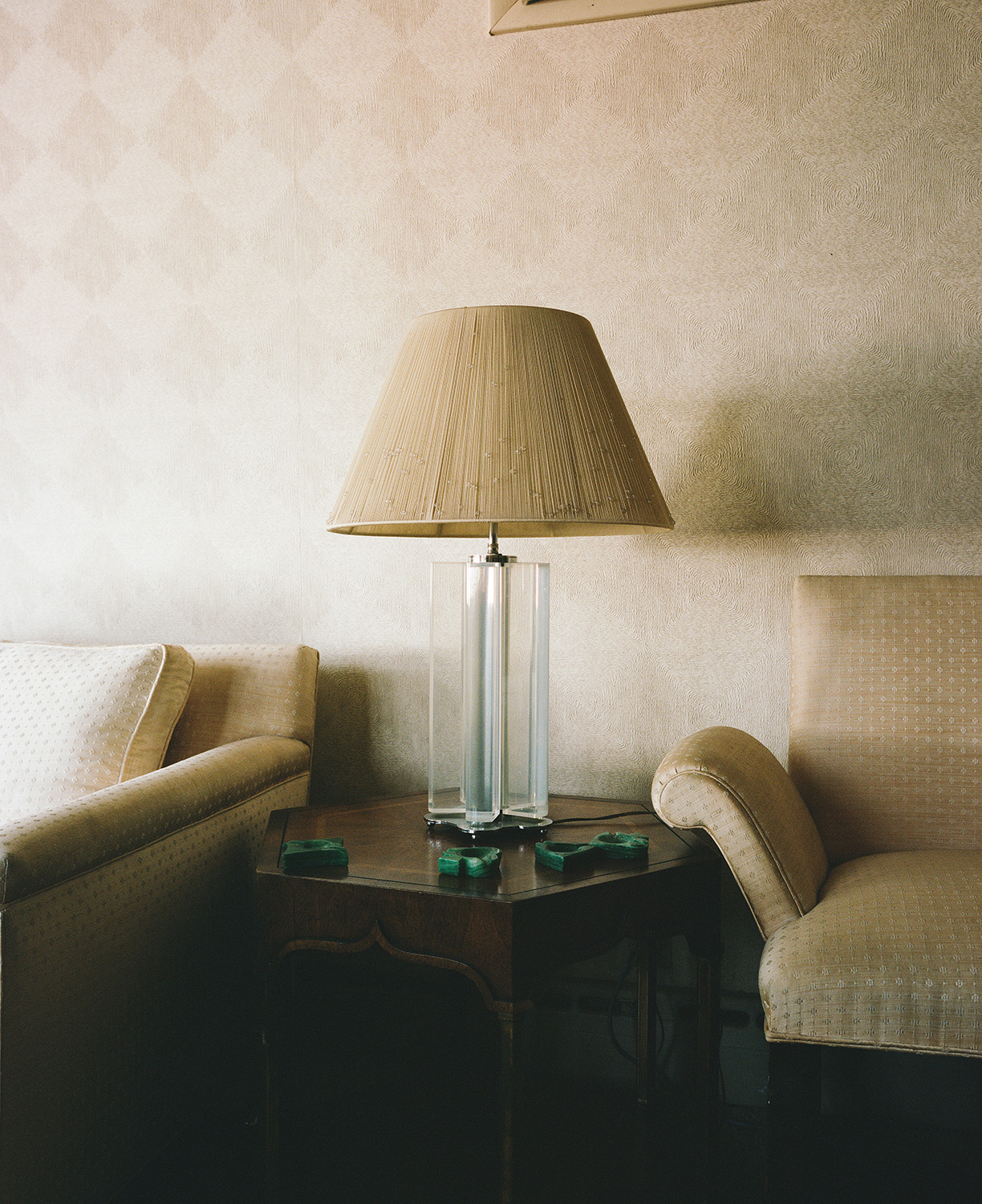
Visiting the Louise Amstrong House Museum
January 18, 2021
I hesitated writing about the Louis Armstrong House because I am not a jazz listener and, as a white American woman, I (appropriately) felt myself to be insufficient to write about such an iconic musician and revered black American as Louis Armstrong—especially in the context of the privacy invoked by these images of his home, (now museum) in Queens, NY.
But this morning is January 18, Martin Luther King Jr Day in the U.S., and my Instagram feed is filled with celebratory, thoughtful, and personally educating references to Dr. King. Posts from @blacklivesmatter, in particular, challenge me with new perspectives; I wonder if I can write this essay from a position of authentic un-authority, by practicing listening and looking with humility, rather than with the conceit of speaking about or for.
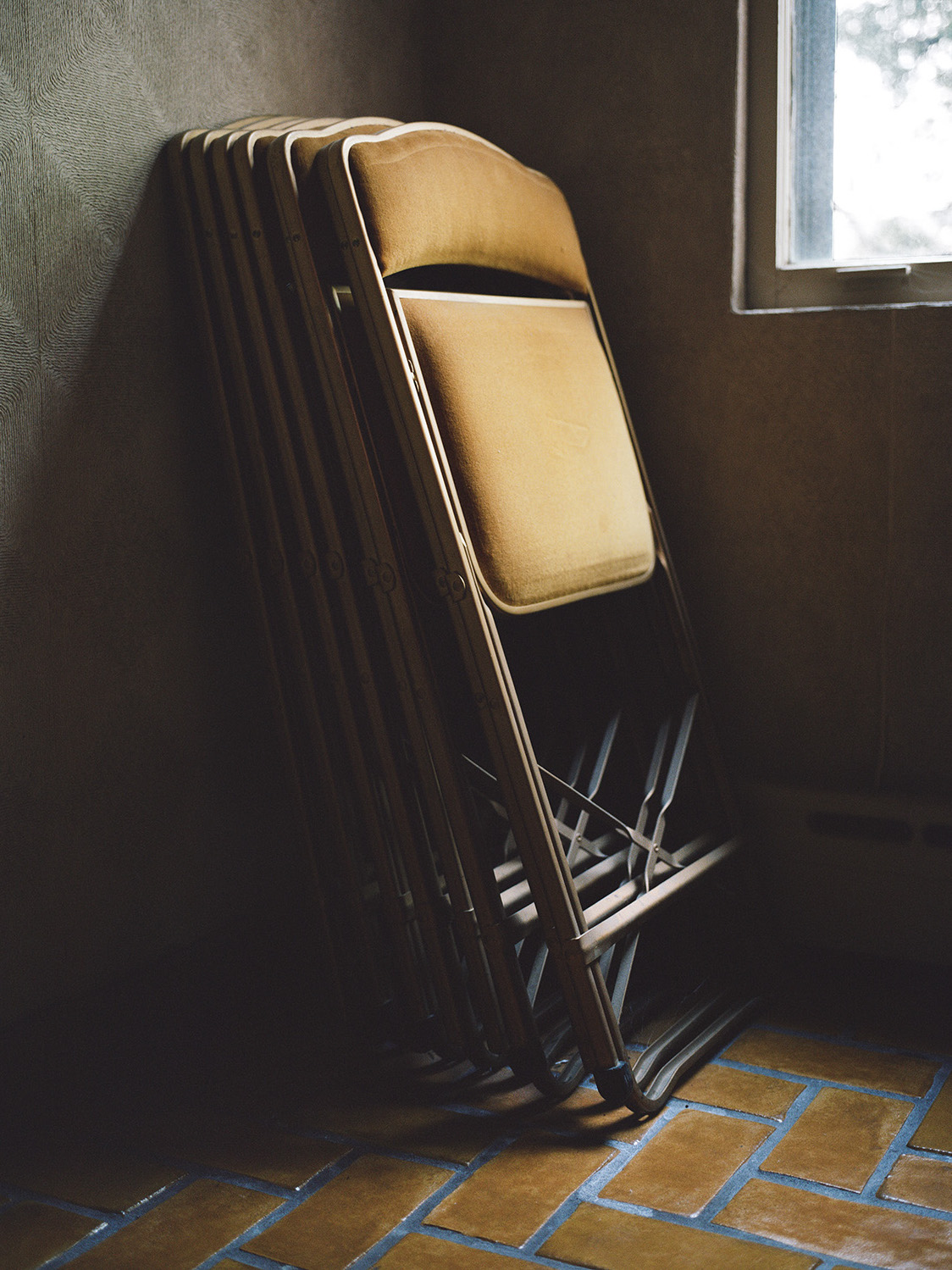
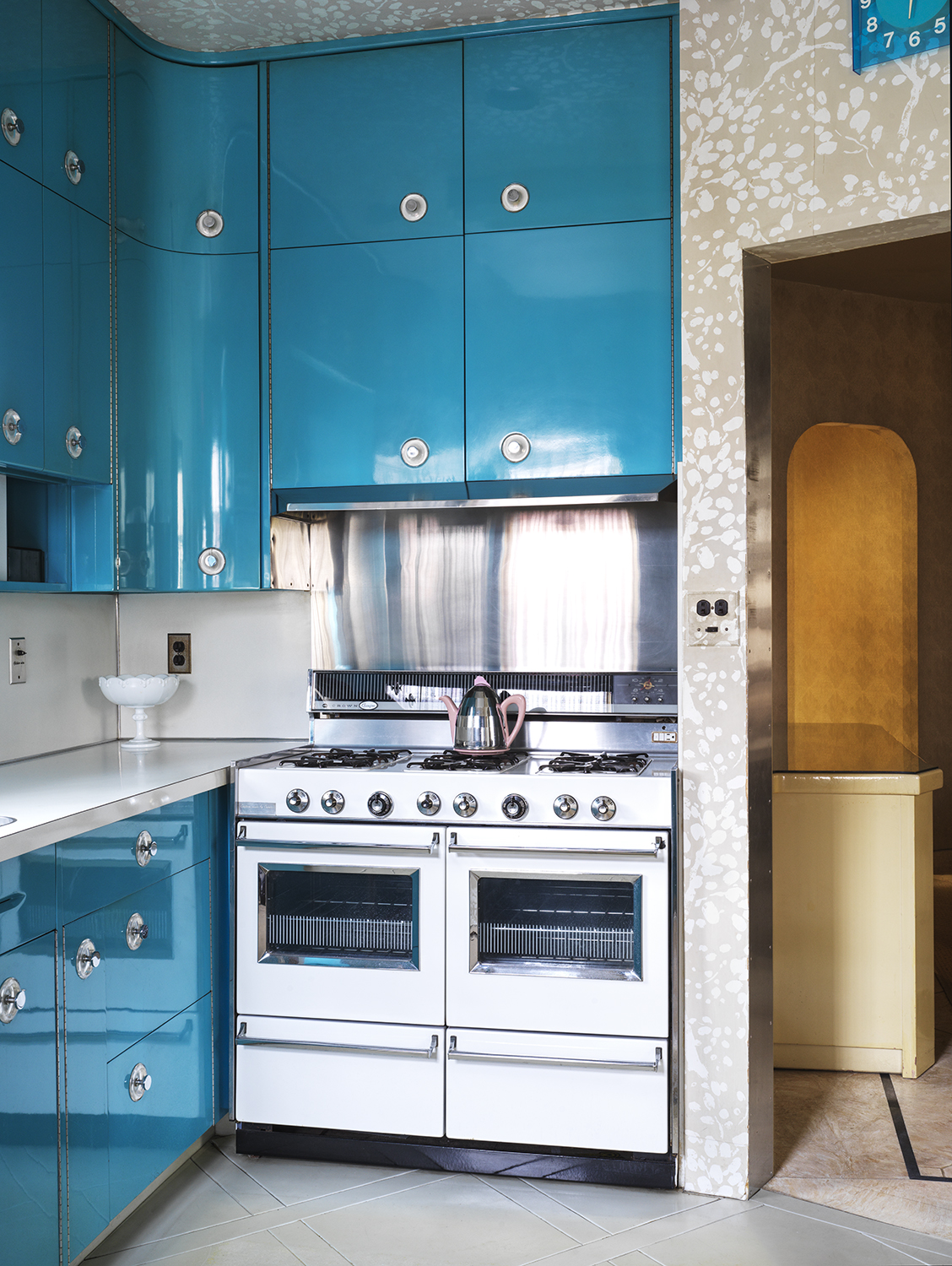
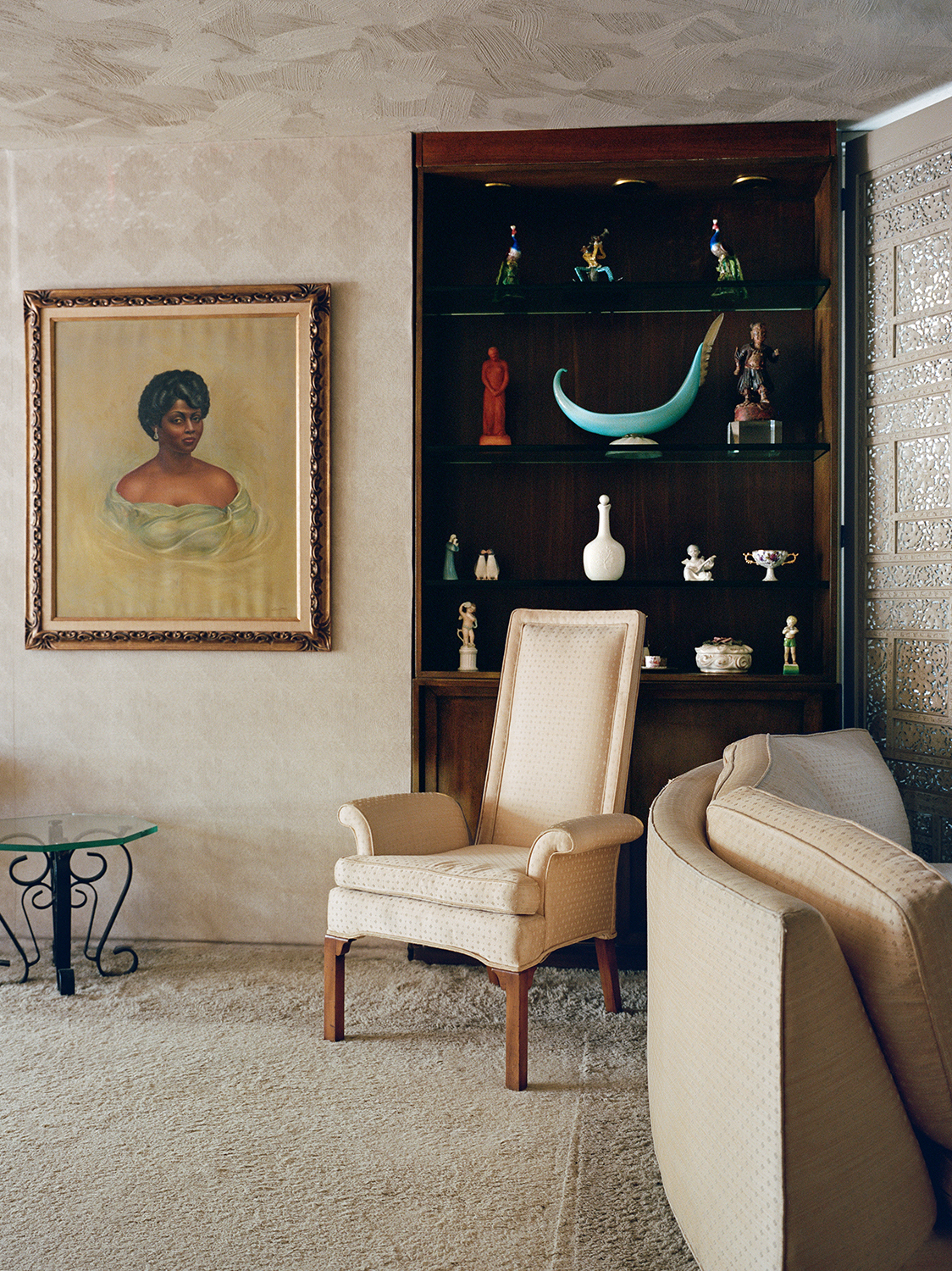
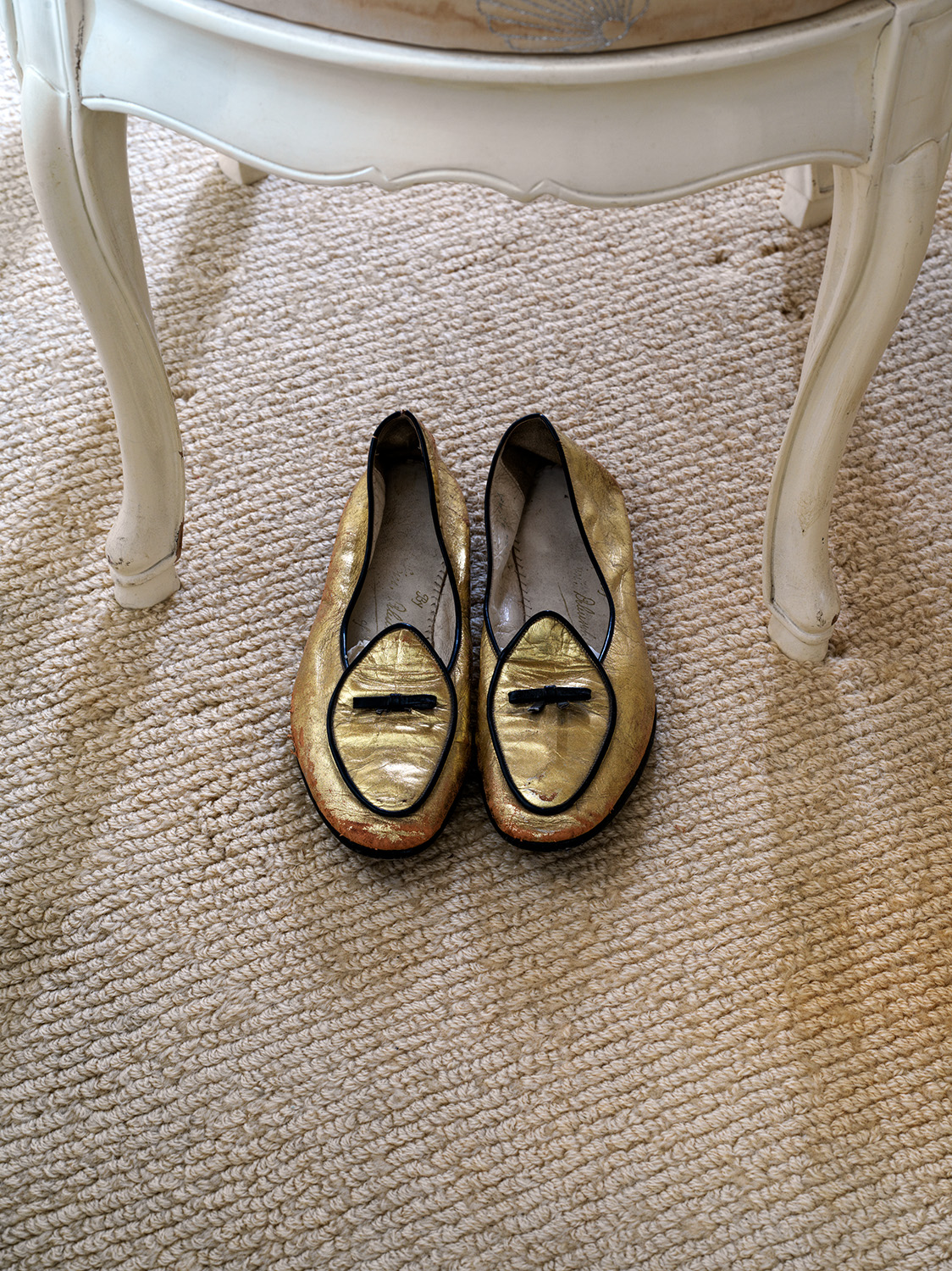
Today BLM co-founder Patrisse Cullors and Noni Limar have curated-posted a “MLK Artist Series” with images of the Civil Rights leader not engaged with activism, but at leisure, in order to ask and offer to the black community, “Who are we when we are LIVING?…” as human being(s) full of love, joy, play, and healing.” One of the posts in the series is @thenapministry with Ebony Magazine (June 1967) photos of Martin and Loretta King walking on a beach or relaxing in a pool: “Leisure and the right to simply exist without the constant weight of having to be a tool for production is something Black people have been denied for centuries. It is our divine right to simply be and embody leisure as a human right. These photos of MLK, Jr. on vacation in Jamaica in 1965 are a balm and a deep breathe. Radical inspiration for our rest practices.”
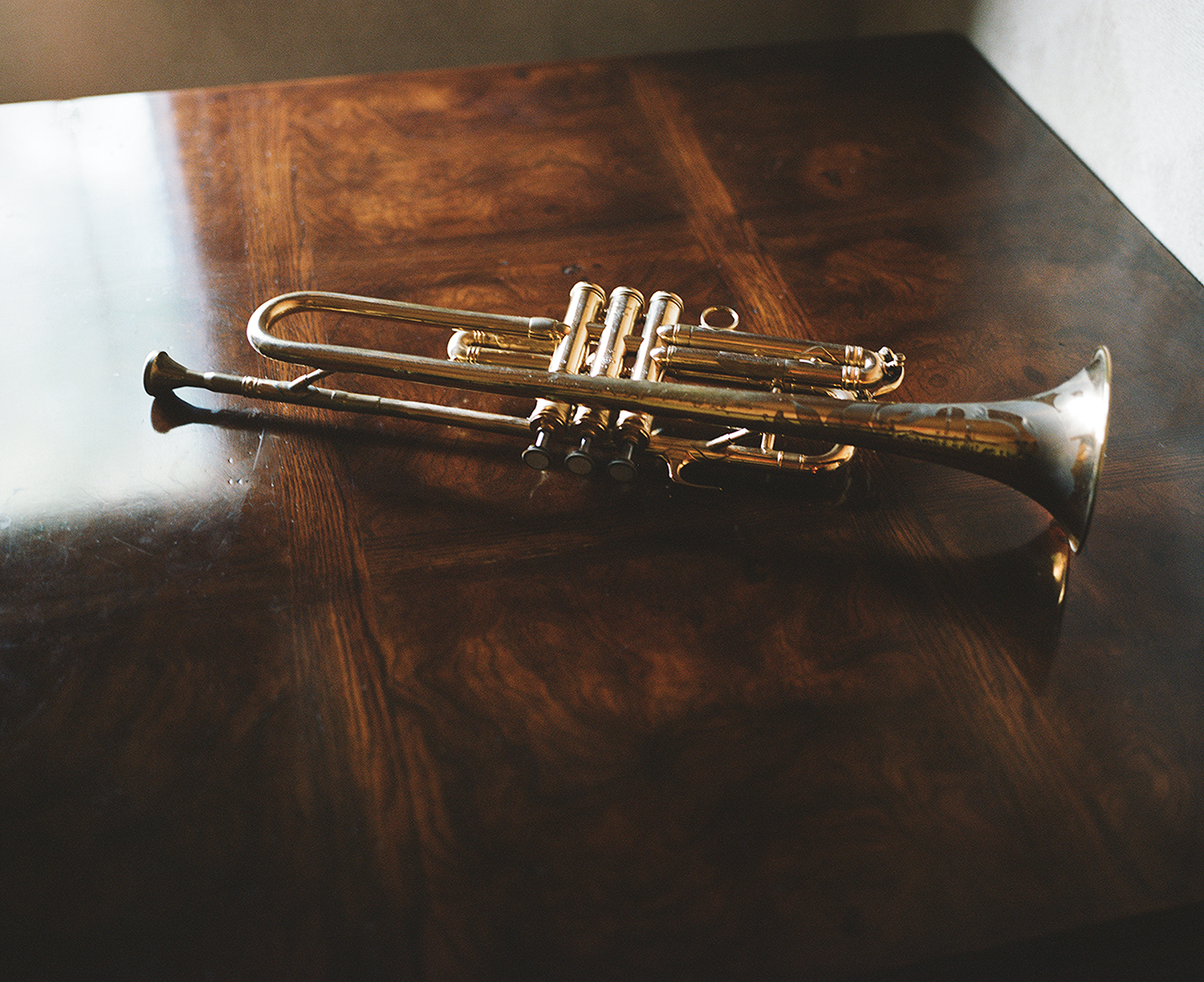
These posts suggest the limits of the iconic representations of Louis Armstrong—sweating, cheeks expanded, moving with energy, wiping his brow. An image search of the great jazz musician will fill the screen with pictures of a “laboring” trumpet player; these photos certainly reveal his musical mastery, his dynamic charismatic being and also fit into “production” narratives of black bodies. In contrast, the Louis Armstrong House and these images, which originally challenged me, likewise might offer “radical inspiration” of expansive narratives.
When I now look at the Openhouse photos, I am struck by the sense of rest that they offer in resistance to the images of Armstrong performing. Perhaps one reason I couldn’t initially “access” them was an unexamined, now exposed, failure of my expectation or understanding. The empty rooms are quietly composed; still, soundless. In the elegant living room, modernist geometries of furnishings, wall treatments, and luxuriously silver-threaded draperies organize proportions of gracious repose. In the office/listening-studio, leather invites a “sinking in”, an inconspicuous footstool is there for sheer comfort, and a pedestal ash tray evokes “taking a break.” Even the close-up image of the notebook implies a lap, on which it might casually rest.
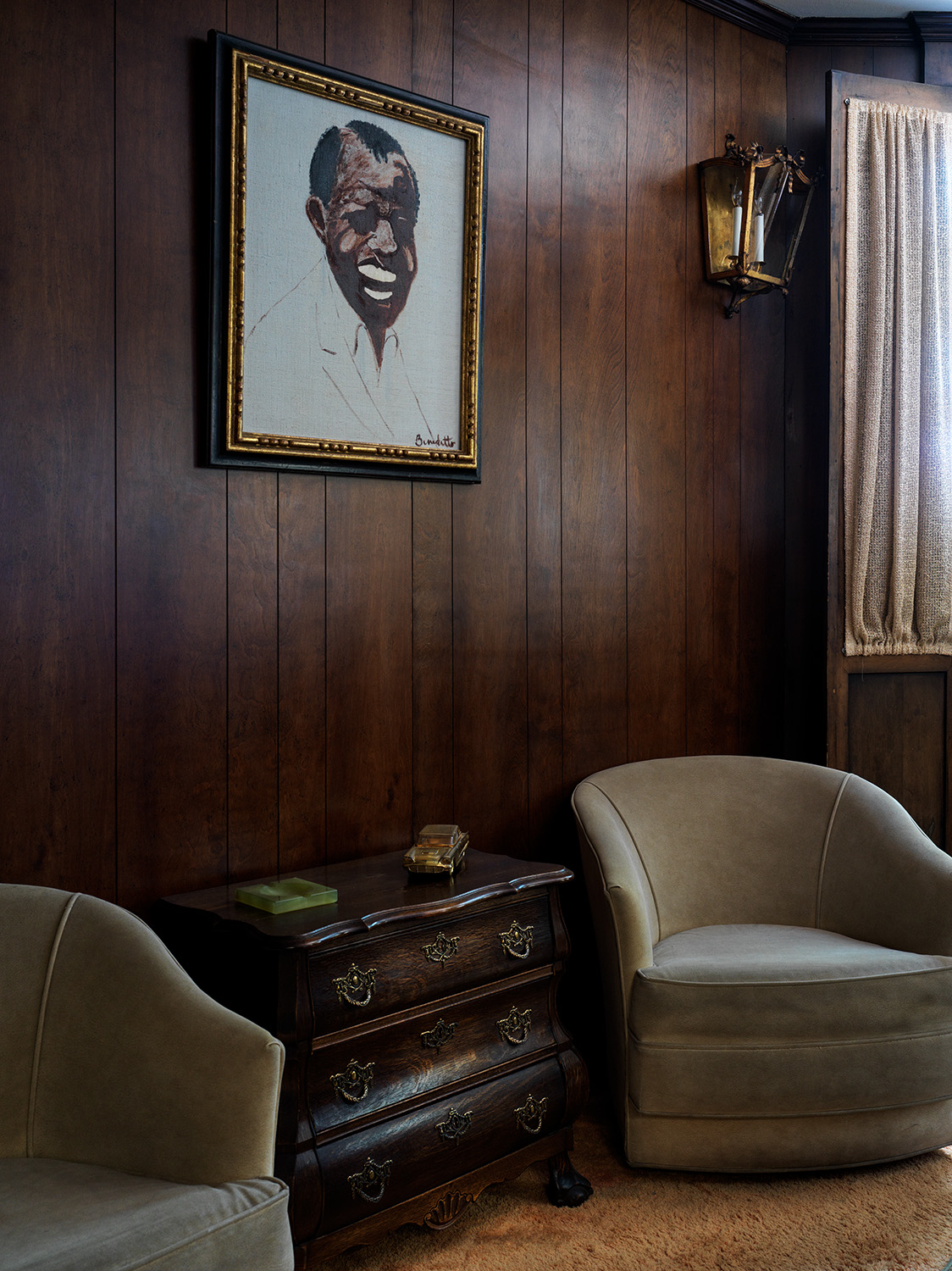

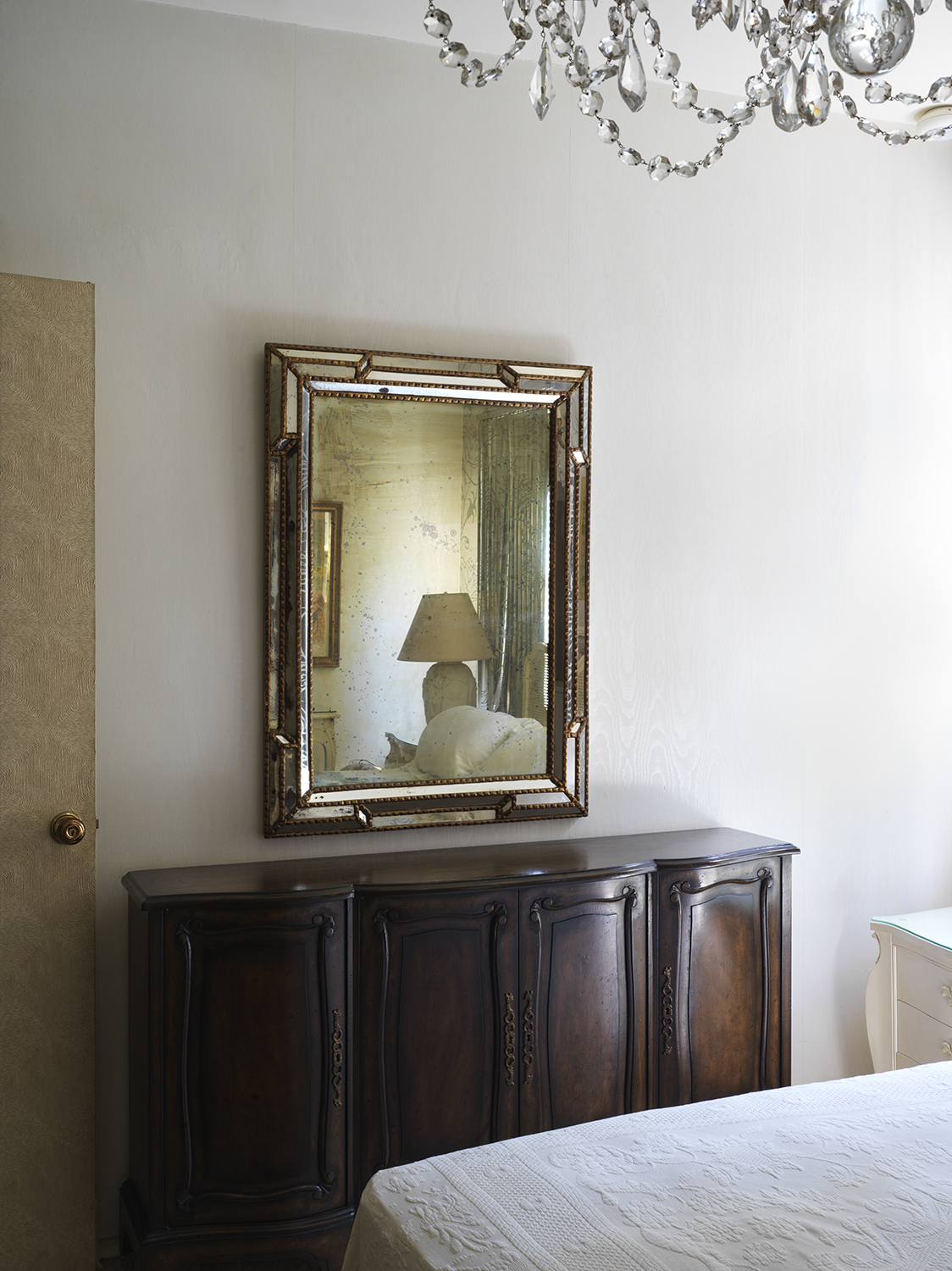
I spend this MLK holiday thoroughly exploring, with interest and pleasure, the Louis Armstrong House website. Louis and his wife Lucille purchased the house in the Corona, Queens section of New York City in 1943, and lived there the rest of their lives. The home and vast research archives (the most extensive of any jazz musician in the world) are today part of the Kupferberg Center for the Arts at Queens College, City University of New York (CUNY). In addition to the material collections, there are educational programs, fellowships and contemporary artist programs (Armstrong Now), and recently, emergency assistance funding for New York area jazz musicians impacted by the coronavirus.
